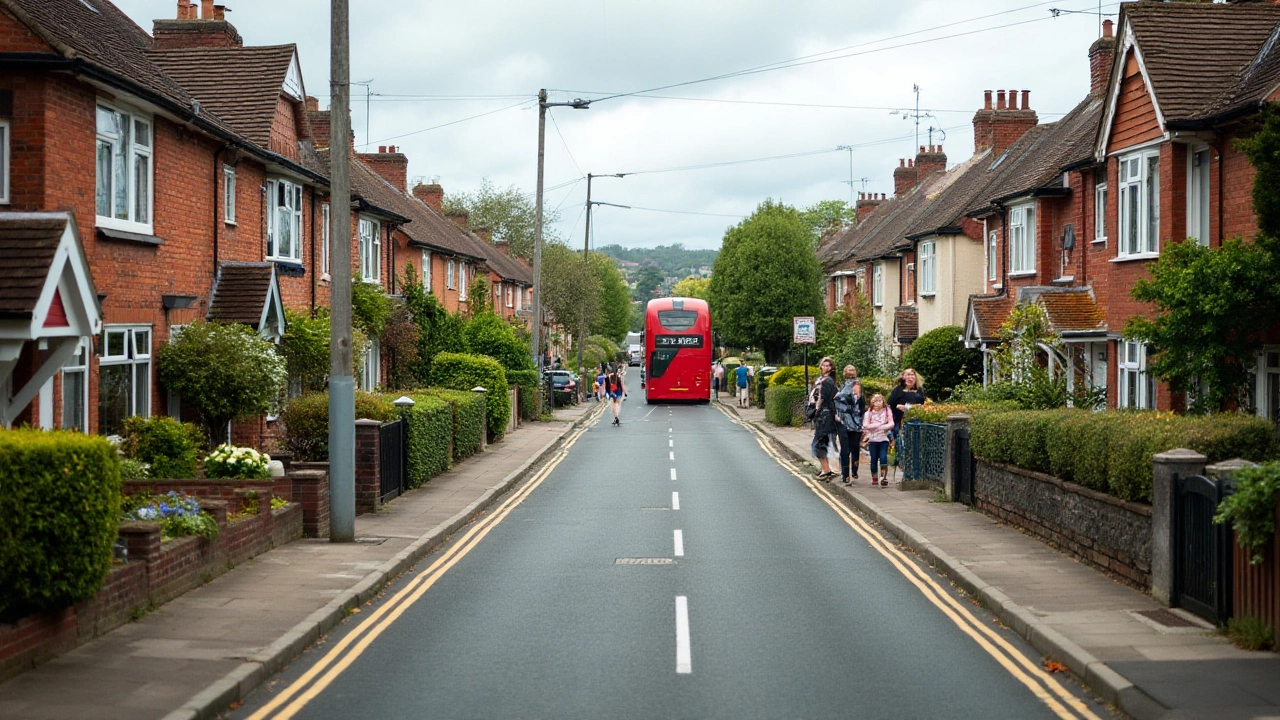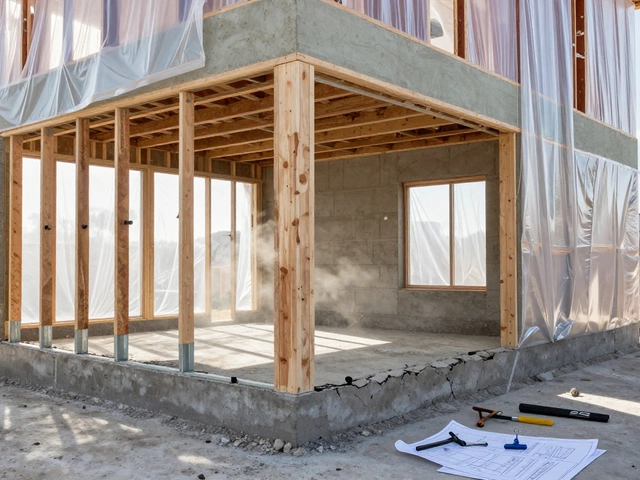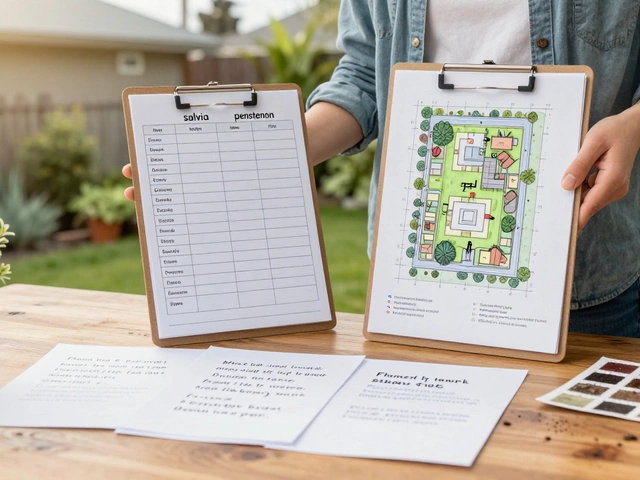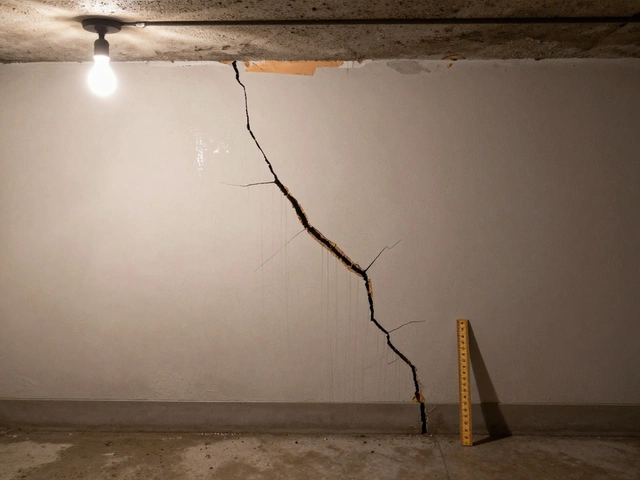Non-Commercial Construction: What You Need to Know
When working with non-commercial construction, construction work that isn’t driven by profit, such as community projects, public‑building repairs, or homeowner improvements. Also known as non‑profit building work, it often balances tight budgets with quality outcomes. Non‑commercial construction encompasses many sub‑tasks, and three of the most common are building repairs, fixing structural defects, leaks, or wear in existing structures, home renovation, updating interiors, adding extensions, or re‑configuring layouts to meet modern needs and furniture maintenance, restoring or preserving pieces so they last through daily use. Each of these pieces fits into the larger picture of delivering functional, safe spaces without chasing profit margins.
Why Project Management Matters in Non‑Commercial Work
The success of any non‑commercial construction effort hinges on solid construction project management, planning, coordinating, and monitoring tasks to keep timelines, budgets, and quality in check. Unlike commercial builds that often have deep pockets, non‑commercial projects must prioritize cost‑effective solutions while still meeting regulatory standards. This means choosing the right materials for building repairs, selecting sustainable finishes for home renovation, and using proper storage methods to avoid furniture mold. A good manager also knows that effective communication between tradespeople, homeowners, and community stakeholders can prevent costly re‑work. In practice, this translates to clear job‑site checklists, regular progress reviews, and contingency plans for unexpected issues like foundation settlement.
Speaking of foundations, many owners wonder whether an old house can still settle after two decades. The answer is yes—soil shifts, moisture changes, and even nearby construction can cause movement. Recognizing early signs, such as cracks in walls or uneven floors, lets you address the problem before it compromises structural integrity. Addressing settlement often involves targeted building repairs, reinforcing footings, or improving drainage—tasks that fall squarely under the non‑commercial construction umbrella. By coupling proactive maintenance with thoughtful renovation and diligent project oversight, you create spaces that stay safe, look great, and serve the community or household for years to come. Below you’ll find a curated set of articles that dive deeper into each of these areas, offering step‑by‑step guides, cost‑breakdowns, and design ideas to help you master non‑commercial construction.
Understanding Non-Commercial Construction: A Comprehensive Guide
Non-commercial construction represents the non-commercial side of building projects. It focuses on the creation of structures intended for private use or specific community purposes. Unlike commercial construction, which aims to generate profit, this form of construction includes residential homes, schools, and community centers. Such projects prioritize comfort, safety, and community needs over financial return.
full article




